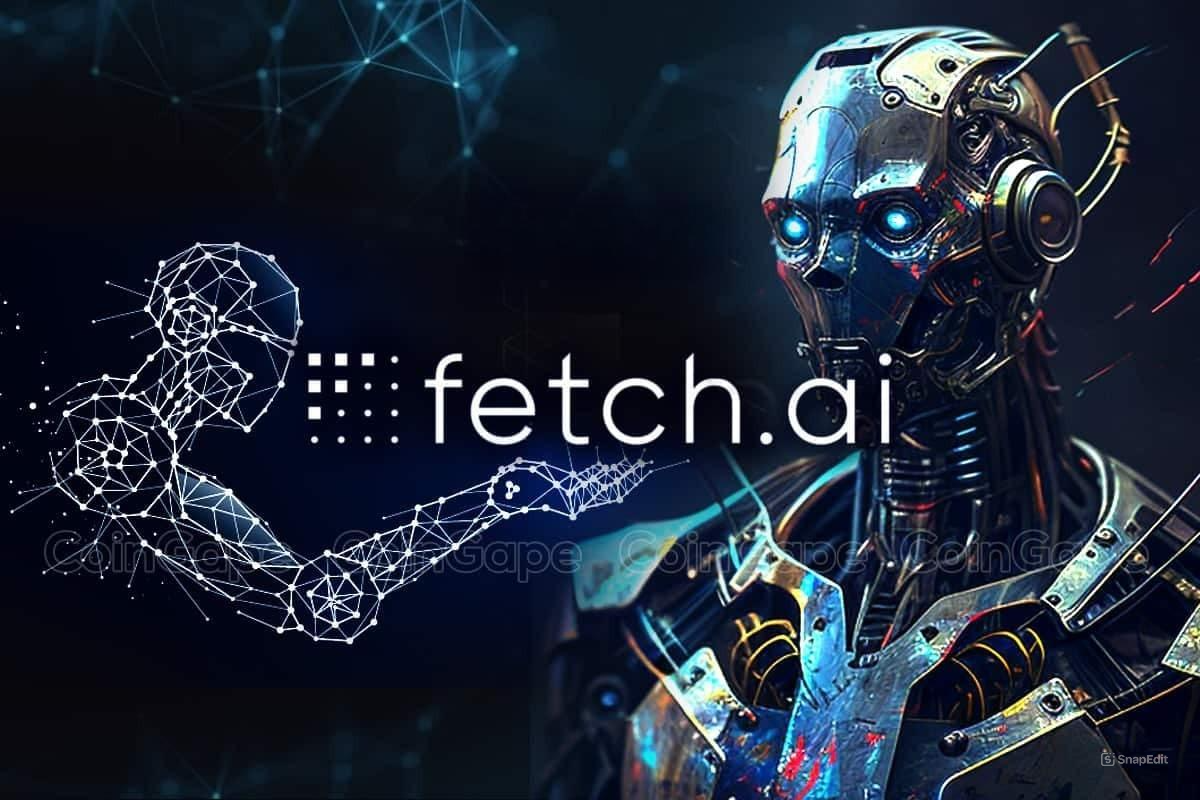The Fetch.Ai Platform for your Ai apps and Services
An automated bot known as a ‘digital twin’ representing you would interface with digital twins from airlines and ticket providers to negotiate a deal on your behalf, using parameters you set, such as when you want to travel and how much you want to spend. Or, your digital twin could interact with digital twins that have previously performed the same or similar tasks. Using artificial intelligence, your digital twin can ‘learn’ what to do. For example, you could book a holiday similar to one a friend took last year, without having to ask your friend where they booked, what airline they used, where they hired a car from, and so forth.









